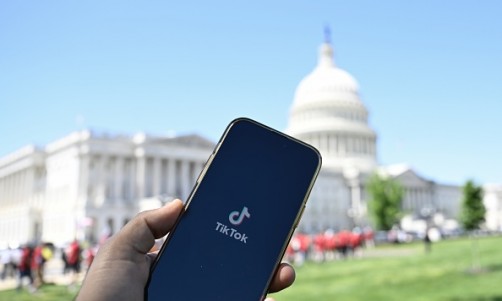Scientists have enabled two rats to communicate using only their brains.
A team from Duke University Medical Center has successfully taught rats to work together to solve a puzzle via a direct brain link.
Professor Miguel Nicolelis and a team of researchers, the same scientists that enabled rats to “see” infrared light in a study published earlier this month, sought to test a system that connected rat brains wired with electrodes to computers.
“Until recently we used to record this brain activity and send it to a computer ... and the [computer] tells us what the animal is going to do,” Nicolelis told BBC’s Science in Action. “So we reasoned, if we can do that with a computer, could another brain do that?”
The study paired two rats together to solve a simple puzzle. Both rats were separated in two different chambers, each with two indicator light and a corresponding lever for each light. When the researchers switched on the light, if the rats pressed the right lever, they would receive a sip of water as a reward.
The team then rigged up the mice with tiny electrodes connected to their brains. The size of each electrode is about one hundredth the diameter of a human hair. The electrodes were connected to the area of rat’s cortex associated with motor information.
When one rat, the “encoder,” saw the indicator light, it would press the corresponding lever. The second rat, in a similar, separate chamber, would not receive any visual cue that the light in the other chamber was on. When the first rat pressed the lever, the second rat received the first’s brain activity, in the form of electrical stimulation to the brain, and after some training, the second rat learned to also press the corresponding lever.
“[It] takes about 45 days of training, an hour a day,” said Nicolelis. “There is a moment in time when ... it clicks. Suddenly the [decoder] animal realizes: ‘Oops! The solution is in my head. It’s coming to me’ and he gets it right.”
The first rat received an extra reward if the second pressed the correct lever. The extra reward system made the encoder rat’s brain signals clearer, increasing the chance of the decoder rat interpreting correctly. In the end, the decoder rat could accurately decipher the encoder’s brain signals 70 percent of the time.
This research could lead to giant networks of connected brains all working to solve a larger problem.
“We are already building the setup ... You could actually have millions of brains tackling the same problem and sharing a solution,” Nicolelis said. The system could also be used by humans. We will have a way to exchange information across millions of people without using keyboards or voice recognition devices of the type of interfaces that we normally use today.”
Don’t hold your breath for humans linking their brains, though. The invasive nature of implanting electrodes into the brain will probably keep this out of our heads for a while. But the technology is there, so we may be talking with our minds sooner than we thought.














